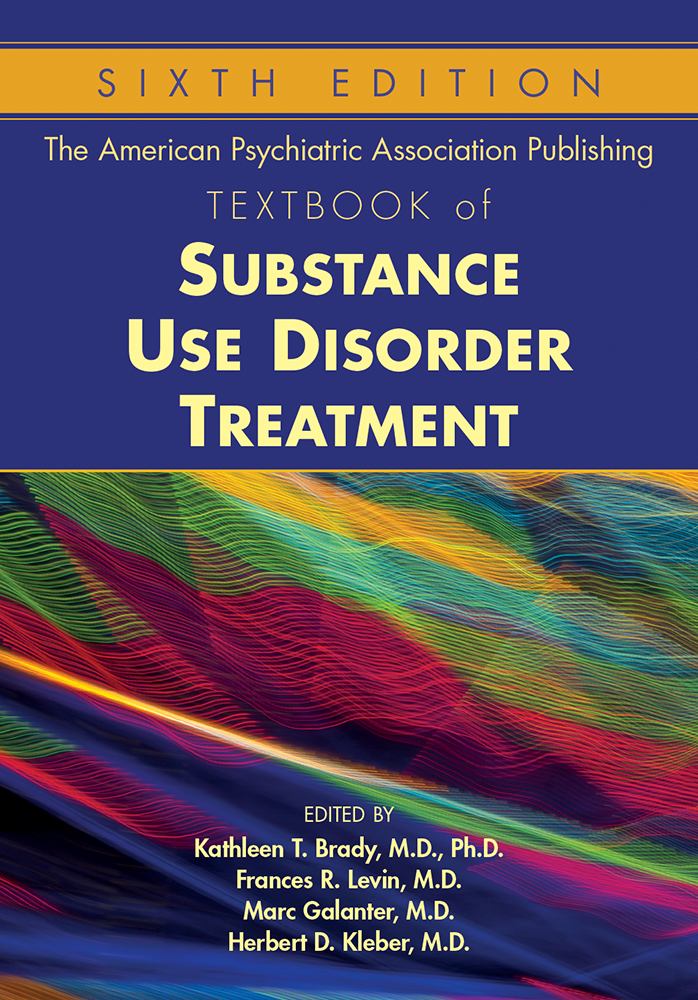Sections
Excerpt
Tobacco use is the most prevalent cause of premature morbidity and mortality in the world. Factory-made cigarettes are by far the predominant form of tobacco consumed and the most lethal, responsible for the premature deaths of over half of long-term users. This chapter reviews shifting trends in the tobacco marketplace, the role of nicotine in cigarette addiction, the successes and limitations of traditional public health interventions to reduce smoking, and the potential opportunity to minimize the harms of smoking with the emergence of potentially lower-risk, noncombustible alternative nicotine-delivery products. Since 2000, the evolving marketplace of lower-risk nicotine products in combination with the advent of regulatory authority over tobacco products has provided new opportunities to dramatically transform the cigarette business in ways that were never imagined when the war on tobacco was raging decades ago. However, this opportunity requires embracing risk-proportionate regulation and taxation policies and providing consumers with accurate public messaging on products’ relative risks. A regulatory framework based on sound science that encourages and rewards new or existing manufacturers for investing in consumer-acceptable lower-risk products to replace cigarettes offers the potential to complement existing smoking-control measures and interventions.
Access content
To read the fulltext, please use one of the options below to sign in or purchase access.- Personal login
- Institutional Login
- Sign in via OpenAthens
- Register for access
-
Please login/register if you wish to pair your device and check access availability.
Not a subscriber?
PsychiatryOnline subscription options offer access to the DSM-5 library, books, journals, CME, and patient resources. This all-in-one virtual library provides psychiatrists and mental health professionals with key resources for diagnosis, treatment, research, and professional development.
Need more help? PsychiatryOnline Customer Service may be reached by emailing [email protected] or by calling 800-368-5777 (in the U.S.) or 703-907-7322 (outside the U.S.).



